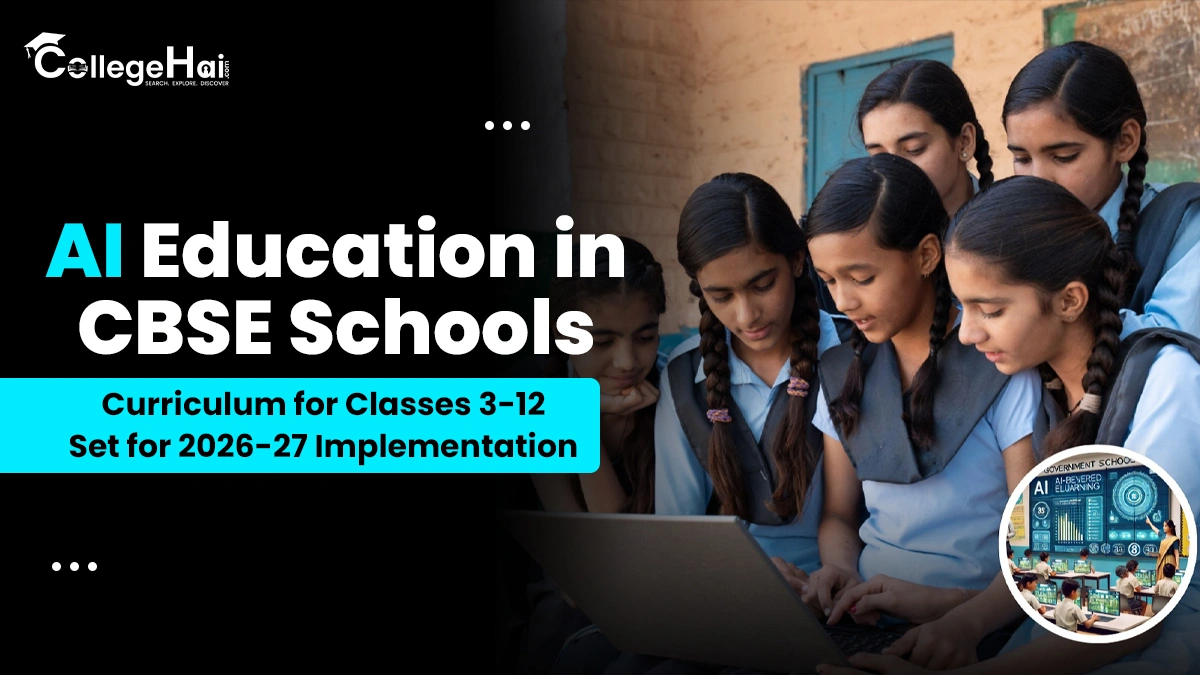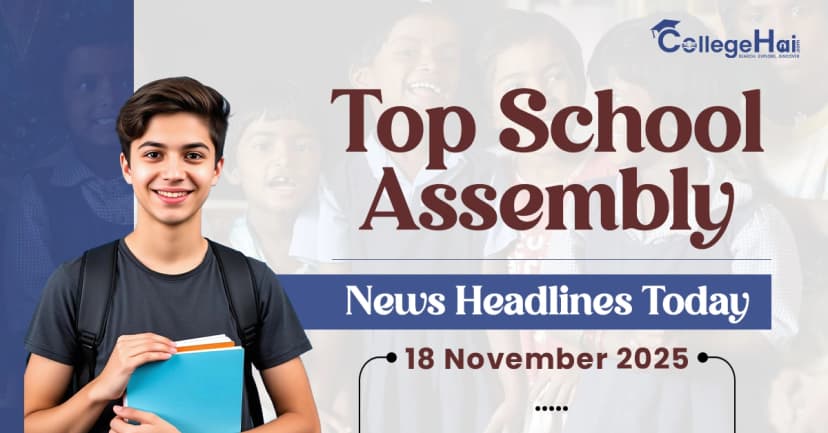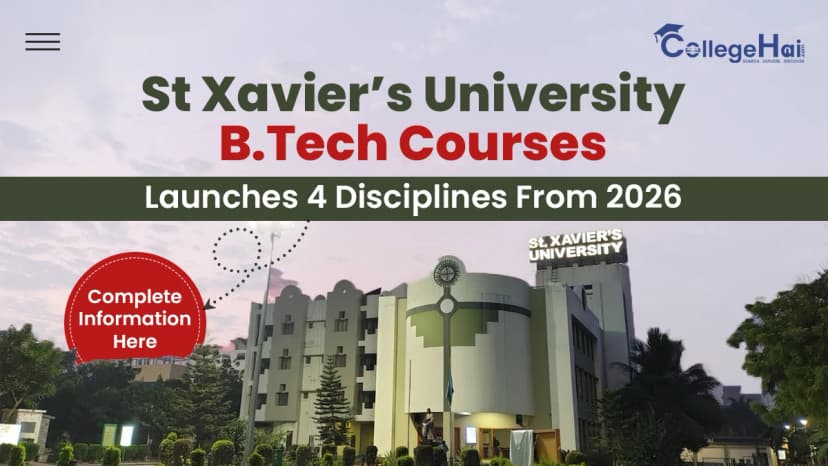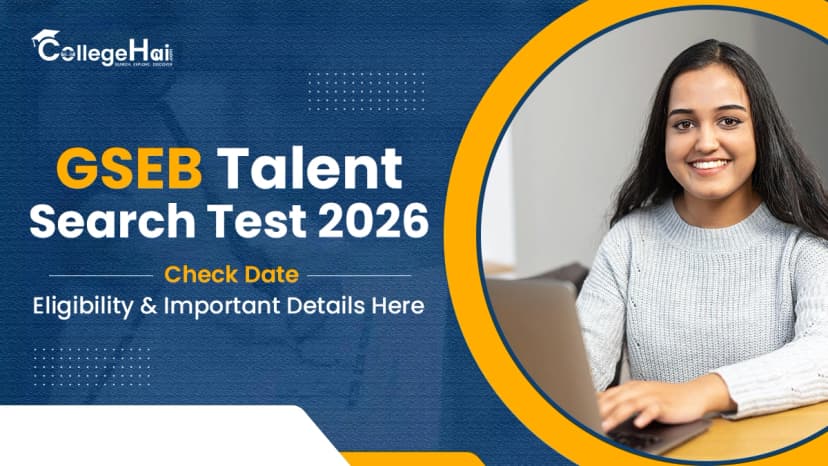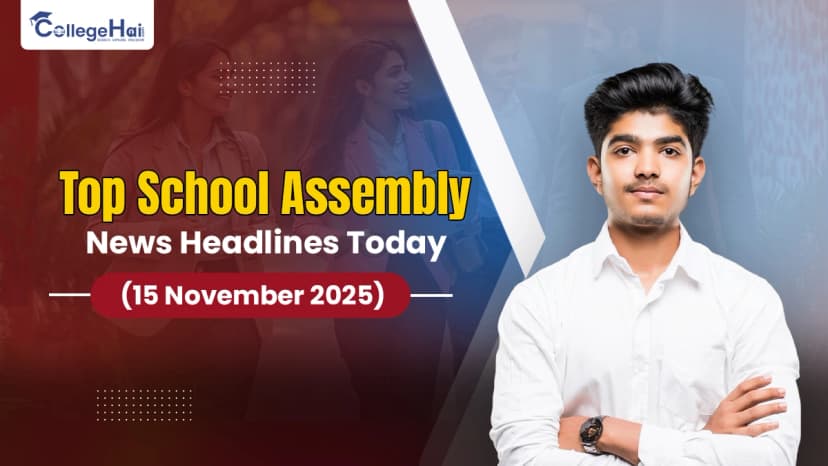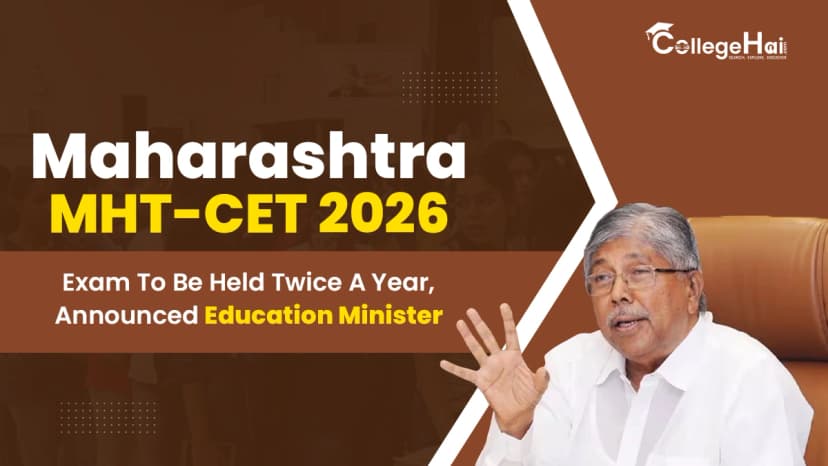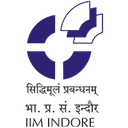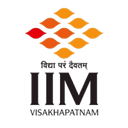Beginning with the 2026–2027 academic year, the Central Board of Secondary Education (CBSE) plans to incorporate Computational Thinking (CT) and Artificial Intelligence (AI) into the curriculum starting with Class 3. The draft curriculum was created in accordance with the National Curriculum Framework for School Education (NCF-SE) 2023 and the National Education Policy (NEP) 2020 to prepare students for an AI-driven future by exposing them to digital and logical thinking at a young age.
Students to Learn AI and Computational Thinking Gradually
A committee of professionals led by Prof. Karthik Raman of IIT Madras has created the draft curriculum for AI and CT, which has been submitted to NCERT. The curriculum suggests a gradual and phased integration of computational thinking and AI for students in Classes 3 to 12.
Computational thinking will be integrated into all subjects (including languages and "the world around us", a multi-subject comprising social studies, science, and environmental studies) in classes 3 to 5. Additionally, while AI and CT will be mandatory content areas in classes 9 and 10, classes 6 to 8 will be introduced to core ideas of AI through projects, presentations, and a reflective journal.
AI Lessons Aim to Build Skills and Problem-Solving
The CBSE, NCERT, KVS, NVS, and State Education Boards are collaborating, under the guidance of the Department of School Education & Literacy (DoSE&L), to work on the initiative. Teacher training will be at the heart of the implementation of this initiative, and the training will develop grade-wise modules developed under NISHTHA to ensure proper implementation in the classroom. Sanjay Kumar, Secretary, DoSE&L, emphasized that AI education should be viewed as a global competency that includes creativity, ethics, and problem-solving as part of "AI for Public Good".
Proper Support Needed to Make AI Lessons a Success
Although this action is a significant step in creating tech-literate citizens, experts warn that issues like inadequate digital infrastructure, shortages in teacher capacity, and moral dilemmas still need to be resolved. Its success will depend on a gradual, inclusive, and balanced rollout, aided by offline learning resources for schools with limited resources.

